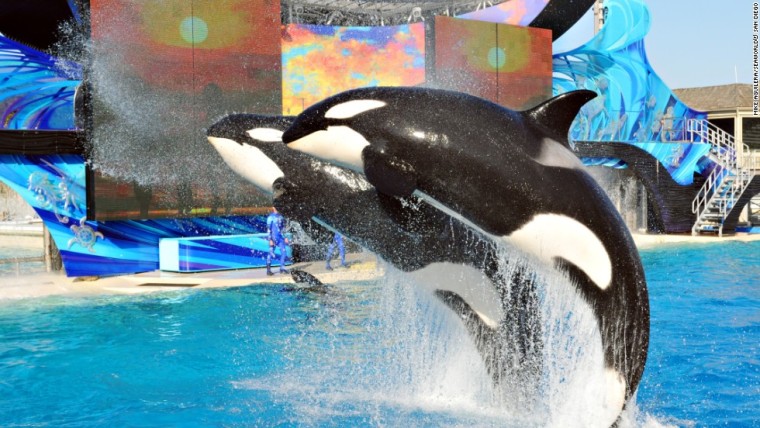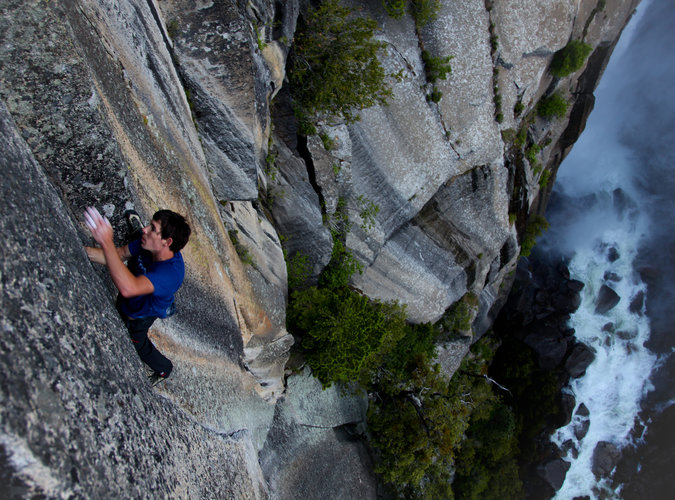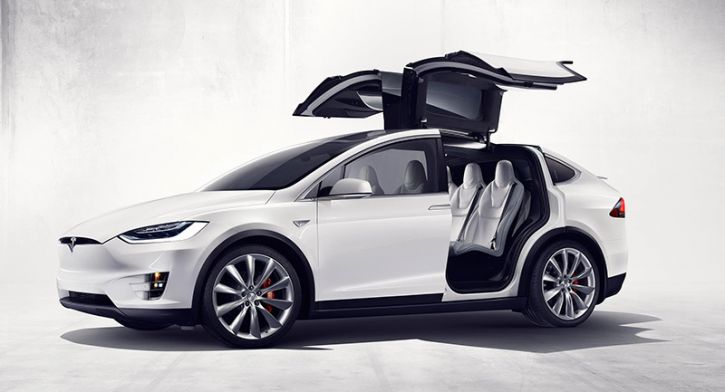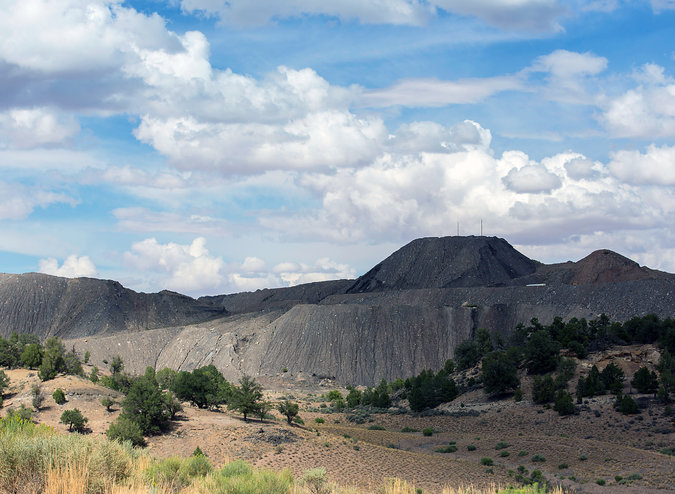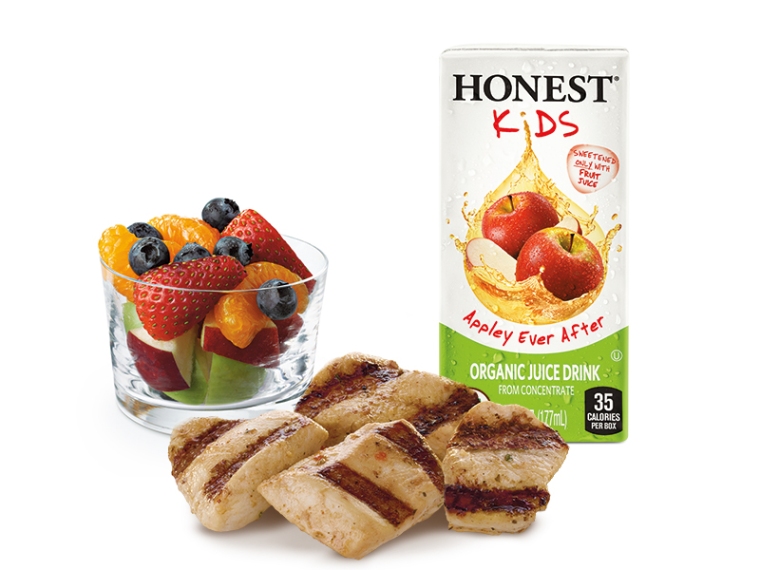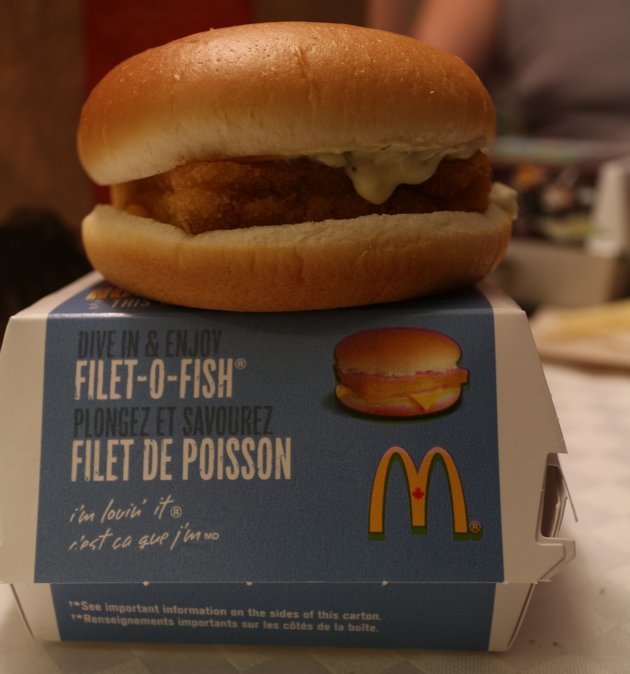Last week I brought up the topic of sponsorship as a means of accomplishing corporate social responsibility goals and gave a few examples of when sponsorship can backfire. By pure happenstance, I stumbled across an article this morning about the theme for the Environmental Film Festival in the Nation’s Capital that shows a sponsorship relationship at its finest. My heart smiled a little and I felt all warm and fuzzy inside.

I should probably start with a disclaimer. When I lived in Washington, DC, and worked for a chain of organic grocery stores called MOM’s Organic Market, I spearheaded the sponsorship of one film screening at the Environmental Film Festival (EFF) back in 2014. So the film festival already has a very special place in my heart.
This year, the theme is “Parks: Protecting Wild.” Best of all, it will be presented in partnership with Subaru of America.
If you don’t know much about the Subaru brand, you might not get why I’m so excited about this perfectly matched sponsorship between a car company, an environmental film festival, and a National Parks theme. Wouldn’t a company that makes oil-free cars like Tesla or a sub-brand like Prius make more sense? I’ll try to sum it up in one catchy phrase: “authentic target audience compatibility.”
For a car brand, Subaru is already REALLY good at authentic marketing. They spent a lot of money to understand their core customer, and they have stayed true to that customer’s needs and values over the years. Who is Subaru’s core customer? Outdoor Enthusiasts in the Rocky Mountain and Pacific Northwest regions. Since you might say that this customer segment is more active on environmental issues that the average consumer, Subaru has spent a lot of time and money supporting and donating to causes that their core consumer cares about. So it makes a lot of sense to sponsor a film festival about National Parks, where Outdoor Enthusiasts love to spend their time.
Compatibility with a National Parks-themed film festival: check!
If you watch TV, you might be familiar with Subaru’s tagline in their ads: “Love. It’s what makes a Subaru a Subaru.” A quick 30 second browse of their website brought me to an elegantly designed page about their commitment to the environment, and another 15 seconds of browsing got me to The Subaru Love Promise: “we believe in making the world a better place.” One way they accomplish this promise is by being the first auto manufacturer in U.S. history to become zero landfill. Meaning their manufacturing plants have not sent a single thing to landfill since May 2004. A car company that, in my opinion, genuinely cared about the environment? Sounds like a great sponsor for an environmental film festival.
Compatibility with an environmental film festival: check!
Beyond “authentic target audience compatibility,” this sponsorship gives Subaru access to a new market of Outdoor Enthusiasts in the DC Metropolitan region. With that, Subaru has hit the sponsorship jackpot. Target audience fit and brand growth potential are the best you can hope for from a sponsorship, especially when that sponsorship aligns with your CSR values.
Way to go, Subaru. Way to go.

